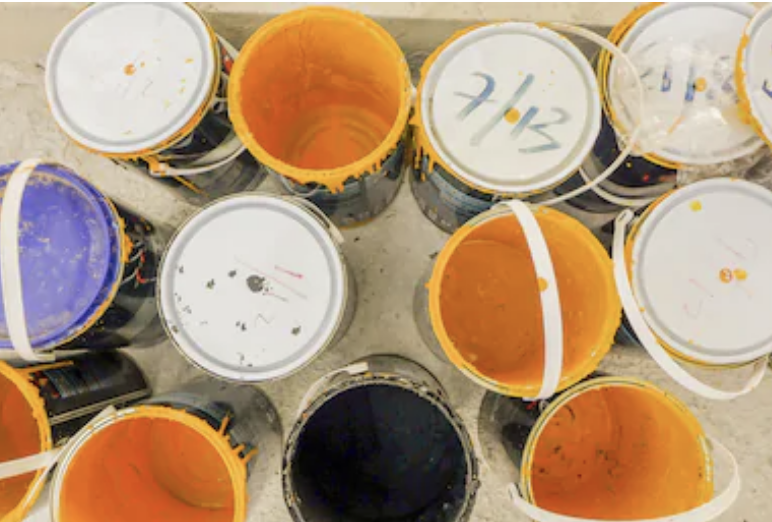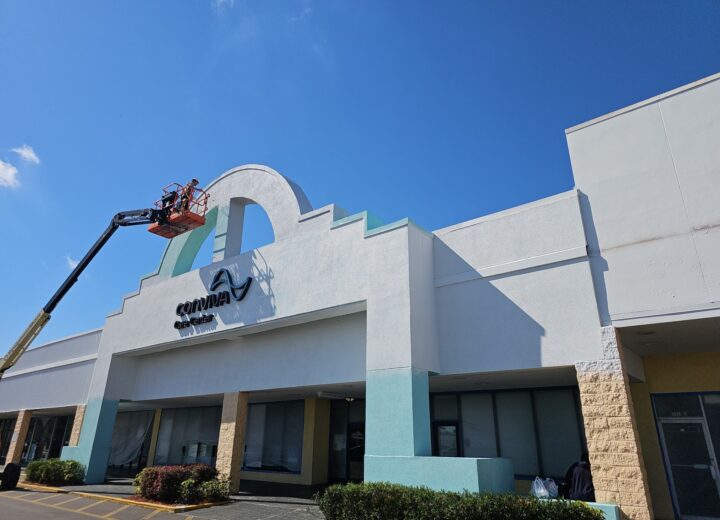
Are you looking to coat an industrial structure or substrate in the near future? If so, it is essential to know what will need to be mixed into the coating. You need to know which pigments to use, the specific type of binder needed, or any other additives that might be required. Determining what kind of coating you will need first, as well as what you are protecting the substrate from, can help determine the classification required for the application.
Binders are an essential part of a coating’s makeup. They are what holds the pigments in place and binds all the ingredients of the coating together. All of these ingredients are what makes up a coating’s protective attributes. Getting the correct ratio of binders in your coatings makes a big difference in it’s appearance and durability. Binders can also be acknowledged as resins, and when placed together with a solvent they can be referred to as the vehicle or catalyst. Binders are the only ingredient that must be in the mix, so that everything else meshes together.
There are two ways that binders can be mixed. They can be liquefied into a solution, or transferred as a dispersion of minutely small elements into a fluid. Additives can also be placed in the mixture of paint or coatings to help form just the right formula for your project.
Depending on the use for the binder, it can make up a significant percentage of the paint or coating, whereas additives account for a tiny portion of the mixture.
Types of additives that might be used are:
- Algaecides and fungicides – Exterior paint protection from algae, lichen and mold defacement
- Anti-settling agents – For inhibiting settling of colorant elements
- Bactericides – A water-based paint preservative while being stored
- Dispersants – Used for splitting and evening out the particles of pigment
- Driers – For the promotion of the drying period
- Silicones – Weather endurance enhancement
- Thixotropic – Produces a texture consistency similar to jelly before application
The Three Main Binders
Three main binders or resins which are most frequently used include:
Acrylic polymers – It is made up of a cross-linked system and is enriched by the use of additives.
Some of the advantages of using acrylic polymers are:
- It adapts to its environmental temperature and dries quickly. It also allows the pigment to be more dispensable
- Resistant to chemicals, heat, solvents and harsh weather
- Clear and polished look with extended color retention
- Easy to work with, as it is exceedingly tough, adheres well and is flexible
Alkyd polymers – Is an ester based polymer that is altered with either fatty acid or oil.
Some of the advantages of using Alkyd polymers are:
- Flexibility
- Air hardens
- Easy to use
Epoxy polymers – Are made up of a reactive pre-polymer and a polymer that includes epoxide clusters. It is made up of a cross-linking system, and when combined with other co-reactants, it is one of the most reliable and most used forms of binders or resins.
Some of the advantages of using epoxy polymers include:
- Strong mechanical assets
- Highly chemical and heat resistant
- Has a long shelf life
- Has low shrinkage rate when hardening
- Resistant to impact
- Strong adhesion properties
Essential Chemical Reaction Classifications
When categorizing binders, they are placed by their drying or curing methods.
The binder classifications are:
- Coalescence Binders
- Condensation Binders
- Heat Conversion Binders
- Inorganic Binders
- Lacquers Binders
- Oxygen Reactive
- Single component catalyzed/cross-linked polymerization
- Single solvent evaporation
- Two-component catalyzed/cross-linked polymerization
Some of the uses in industrial coatings:
- Applies to electrical and electronic apparatuses
- Electrical insulators
- Fiber reinforced plastic materials
- Metal coatings
- Structural adhesives
As you can see, there are various types of binders which are used in industrial settings. The kind of coating that will need to be used depends much on what the use for the substrate is and what kinds of elements the substrate is to encounter.
There are other types of binders, but the ones mentioned here are the most frequently used. The three forms of binders that are listed are also categorized as being organic, which means that they have a lower VOC (volatile organic compound) rating. Many of the binder manufacturers are continually working to reduce theses ratings even more.
If you have further questions about binders and their importance, contact us today.






